As more and more vehicles become electrified, consumers have more options than ever before, but choosing the ideal one for them might be more difficult. Previously, a customer might have chosen between a large, powerful engine and a smaller, more economical one within a model line. However, these days, buyers now need to take electric motors, batteries, and charging ports into account. There are two such electrifying choices. Although there is a lot of overlap, EVs and hybrid cars are meant for distinct consumers and purposes. Making the right decision for your needs might be aided by your understanding of the differences.
How Do Electric Vehicles Work
While more and more models are becoming partially electrified, EVs are fully electrified and rely only on a battery that has to be recharged in order to keep them running. They are also known as battery-electric vehicles (BEVs) since they are propelled down the road by at least one electric motor that powers the wheels.
The primary benefit of electric vehicles (EVs) for the environment is their complete absence of emissions that contribute to pollution in the surrounding community. Almost often, they also significantly reduce the quantity of greenhouse gases they release into the atmosphere. However, this relies on the method used to create the energy, which can vary from cleaner coal-fired plants to more sustainable hydroelectric, wind, and solar power. Most importantly, every EV downstream becomes cleaner as a result of the modernization and improvement of such "stationary sources" of power. Technically speaking, an electric vehicle (EV) has fewer moving parts than a vehicle powered by an internal combustion engine. It also produces rapid torque, which leads to quick acceleration that is frequently addicting. They also seem more upscale since they are smoother and quieter.
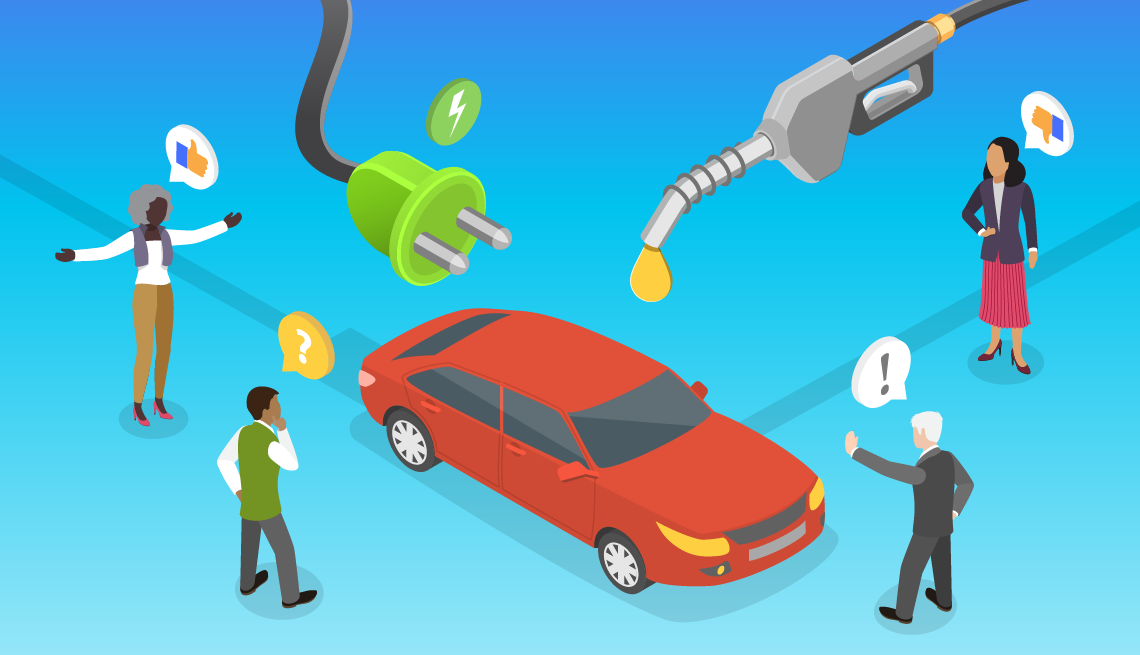
Additionally, as many of the materials in these large packs come from mining operations that are not very environmentally friendly, there is the battery's own environmental impact to take into account, though these effects are decreasing as battery technology advances.
Reada also:
- 2024 Tesla Model 3 Highland: What’s the Rear Screen Do?
- What Changed After the Tesla Autosteer Recall? Not Much.
- This 1928 Rolls-Royce Phantom I Is Still Going Strong
- 2020 Rolls-Royce Cullinan First Test: Beyond Luxury
What Benefits Does Hybridization Offer
When it comes to efficiency, hybrids are sometimes regarded as the best of both worlds because they combine an internal combustion engine with one or more electric motors that can power the wheels with or without the engine's assistance, generate electricity when connected to the engine, and recover energy through regenerative braking. You can feel a shift from engine to motor or vice versa when the car determines which combination of power sources is optimal for the given circumstances.
However, an internal combustion engine with one or more electric motors combine to form a complicated powertrain. In most cases, a gas engine powers the wheels of a hybrid; the electric motor or motors serve as a supplement to the engine, either by increasing its power or enabling it to operate more efficiently.
The manufacturing process of hybrids has a lesser environmental effect than that of electric vehicles (EVs) since their smaller batteries can only support the internal combustion engine for brief periods of time. Despite this, hybrids still rely on fossil fuels. A few variants exist on that theme, the most notable of which is the plug-in hybrid (PHEV), which substitutes a bigger battery and an additional charge outlet to enable longer electric-only driving between gas station trips. (You can read our hybrid vs. plug-in hybrid explainer for more details on the distinctions.
Read also: Once in a Lifetime: The 2020 Rolls-Royce Cullinan and a Wandering Path
Selecting an Electric Vehicle or a Hybrid
For people who are interested in going electric but aren't quite sure about it, hybrids—especially the plug-in variety—make an excellent transition vehicle. With a plug-in, you may experiment with charging at home or when traveling while keeping the internal combustion safety net handy for longer trips or situations when you can't find a place to plug in. A "traditional" hybrid that doesn't plug in will still be cleaner and more efficient than a regular automobile, but it will allow you the flexibility you might need if you live in an apartment or are just starting out in your profession.
When the time comes to switch to all-electric vehicles, the growing selection of EVs on the market offers alternatives for those who prioritize performance and efficiency, as well as some that serve two purposes. Although the electrified car of the future has something to offer everyone, the choices might be confusing.
Read also: Cruise Controlling: We Drive Five Classic Toyota Land Cruisers
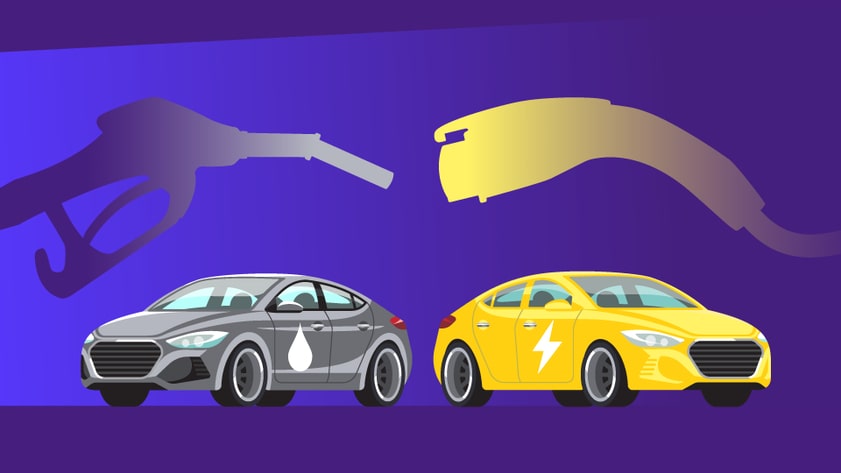
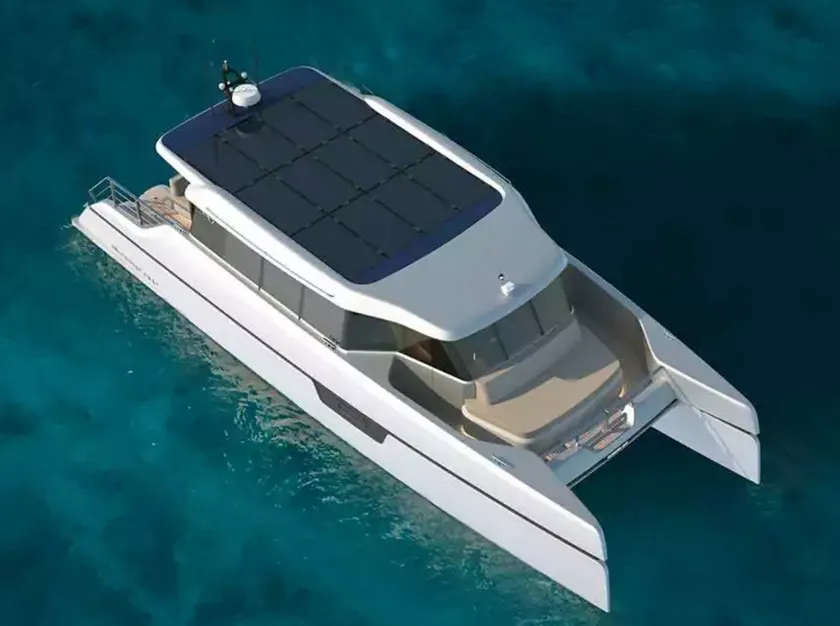



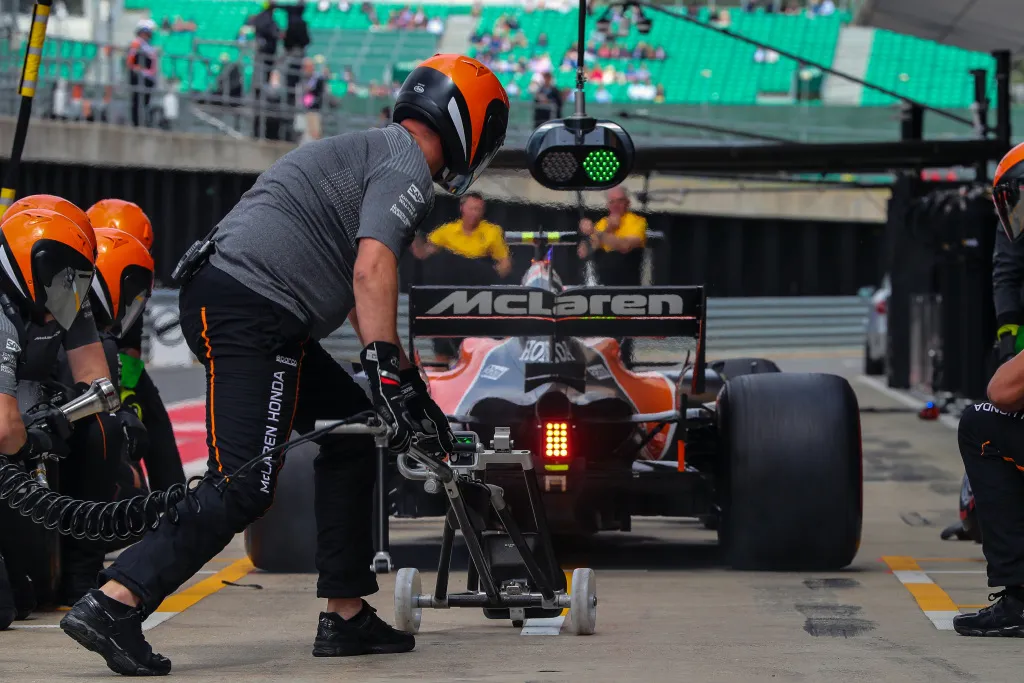
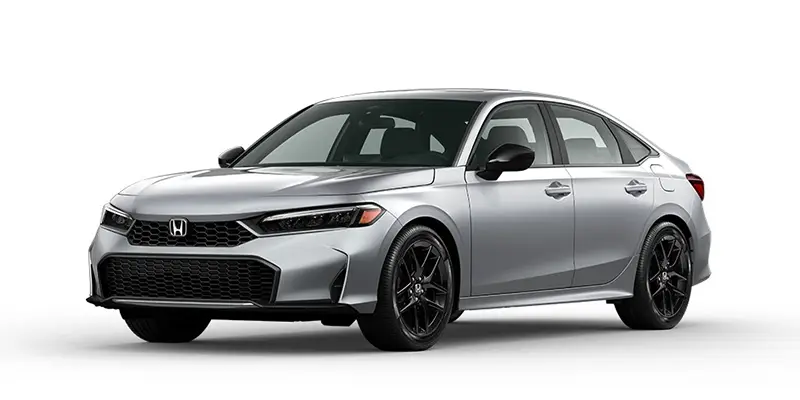



.webp)